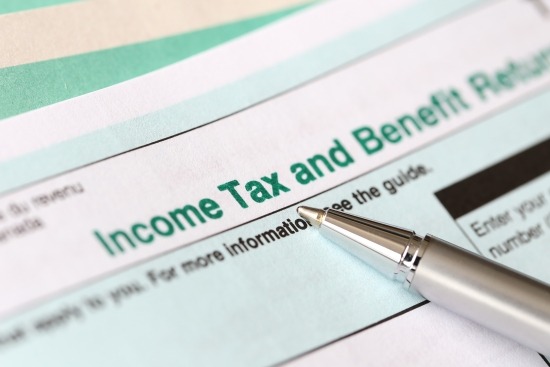
Investing during a market recovery
March 25th, 2024
There’s no such thing as a typical market recovery. Past recoveries have lasted as little as a few months to as long as several years. Some have been generally smooth, while others have been extremely volatile.
With their duration and pattern being so unpredictable, how is a mutual fund investor supposed to know how to invest in the midst of a market recovery?
What the fund managers do
Fund managers generally take one of two approaches as markets recover. In the active approach, they invest more heavily in sectors that historically outperform in the recovery phase or are favoured to outperform in the current recovery. The passive approach maintains well-diversified investments throughout the economic cycle to gain exposure to any outperforming sectors while aiming to reduce overall risk. Both mutual fund approaches have their benefits, and both can be successful.
Investors’ reactions to a recovery
When a market recovery is highly volatile, some mutual fund investors may not want to risk new investments falling in value. They’re tempted to stop contributing and jump back in when the markets look steady and strong. But sitting on the sidelines is a risk in itself. If they resume investing when stock prices are higher, they’ll end up with fewer fund units for their money. Sticking to your regular contributions is the advisable way to invest.
If a recovery is robust and fairly smooth, some investors may want to increase their regular contribution amounts or also invest their annual bonus or tax refund. Increasing your mutual fund investments in any market can always be valuable if it helps you achieve a financial goal – but you must stick to your current asset allocation. If you only add to equities, you’ll be invested beyond your risk tolerance.
If you ever want to talk about your regular contributions or a lump-sum contribution during any phase of the economic cycle, please contact us.
More Articles

Good Debt vs Bad Debt
Read More